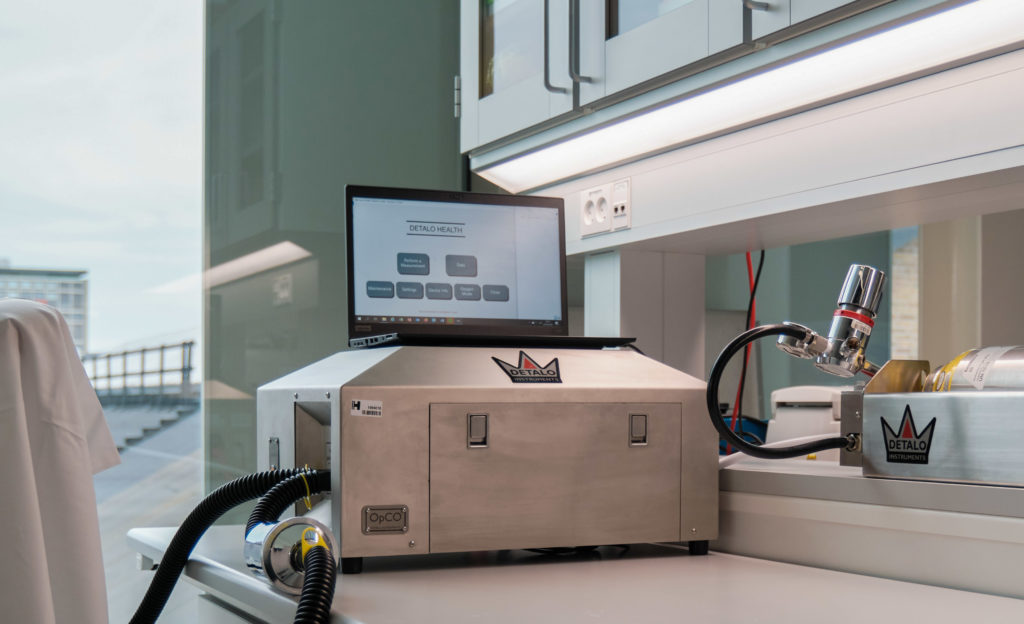What is blood volume in the human body?
What does blood volume in the body mean?
The term ‘blood volume in body’ refers to the total amount of fluid circulating within arteries, capillaries, veins, venules, and chambers of the heart at any time. The amount of blood circulating within a healthy individual largely depends on size and weight so larger individuals typically have more blood than smaller individuals and vice versa.
What is a normal blood volume in the human body?
The healthy average female and male adult has 65 and 80 ml of blood per kg body mass, respectively and which corresponds to about 4.5 and 5.5 liters in absolute terms. However, since adipose tissue contains less blood than skeletal muscle tissue, obese individuals will typically display lower relative blood volumes while lean individuals will typically have higher values.
Since females typically are more adipose than males, this also explains much of the known sex differences in blood volume. If blood volume is expressed per kg lean body mass rather than per kg whole body mass, much of the sex differences disappear, and both females and where males typically display 110 ml blood/ kg lean mass.
While sarcopenia is a normal consequence of aging, blood volume does not decrease with advancing age if lean mass can be maintained. A number of formulas are available that may be used to estimate blood volume. Our blood volume calculator may be used as an illustration hereof.
What affects blood volume?
Blood volume is tightly regulated and related to multiple organ systems. The maintenance of blood volume is crucial to the normal function of the human body. Blood volume can be increased or decreased by systemic illnesses such as kidney disease, heart failure, or other types of diseases affecting the circulatory system.

Blood Volume Measurement in 15 Minutes
Detalo blood volume analyzers determine total blood volume, red blood cell volume, and plasma volume in humans in a rapid, safe, and precise manner.
The Detalo Clinical™ is a CE-certified (MDR) medical device for routine blood volume assessment in standard clinical care. The device allows healthcare professionals to distinguish between true anemia and dilutional anemia and to determine if a patient is euvolemic, hypovolemic, or hypervolemic. Finally, it allows clinicians to evaluate and track the effectiveness of a treatment intended to change blood volume.

